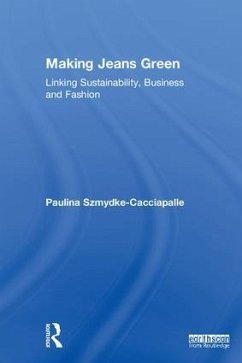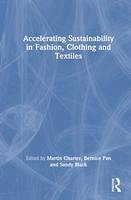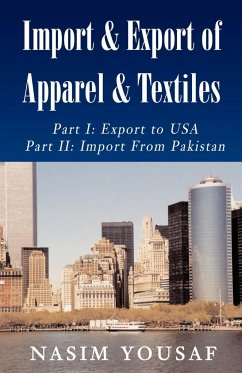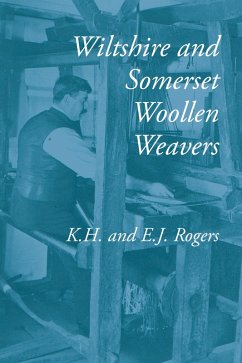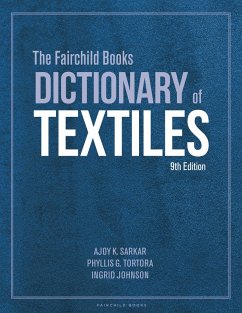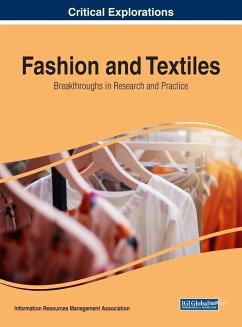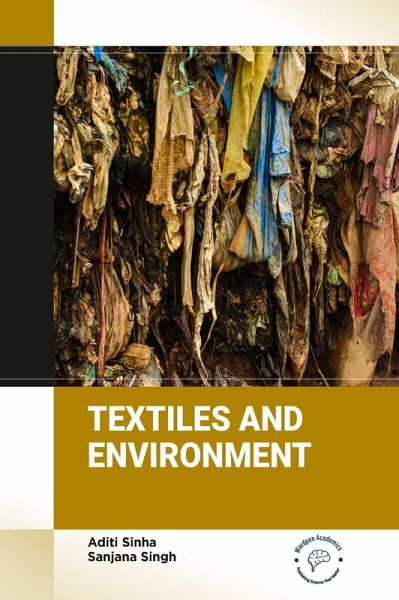
Textiles and Environment
Versandkostenfrei!
Versandfertig in 1-2 Wochen
46,99 €
inkl. MwSt.

PAYBACK Punkte
23 °P sammeln!
¿Focuses on the impact of the textile industry on the environment and how sustainable production methods can be used to reduce this impact and book provides insight into the latest research and development in the field of textile sustainability. ¿Discusses the various production methods used in the textile industry and how they impact the environment. It explores sustainable production methods that can be used to reduce water consumption, energy consumption, and waste generation. ¿Explores the use of ozone as a sustainable alternative to traditional chemical treatments in the textile indust...
¿Focuses on the impact of the textile industry on the environment and how sustainable production methods can be used to reduce this impact and book provides insight into the latest research and development in the field of textile sustainability. ¿Discusses the various production methods used in the textile industry and how they impact the environment. It explores sustainable production methods that can be used to reduce water consumption, energy consumption, and waste generation. ¿Explores the use of ozone as a sustainable alternative to traditional chemical treatments in the textile industry. It discusses the benefits of ozone, such as reduced water consumption, energy consumption, and chemical usage, as well as the challenges associated with its implementation. ¿Focuses on the reuse of effluents that have been treated by ozonation in dyeing processes. It explores the chemical and tinctorial aspects of this process, as well as the benefits and challenges associated with its implementation. ¿Explores the use of cotton spinning mill waste as a raw material for yarn production. It discusses the benefits of this process, such as reduced waste generation and cost savings, as well as the challenges associated with its implementation. ¿Describes the use of phase change materials in textile applications. It discusses the benefits of these materials, such as improved thermal comfort and energy efficiency, as well as the challenges associated with their implementation. ¿The book is an essential resource for researchers, students, and professionals in the textile industry who are interested in reducing the industry's impact on the environment.



